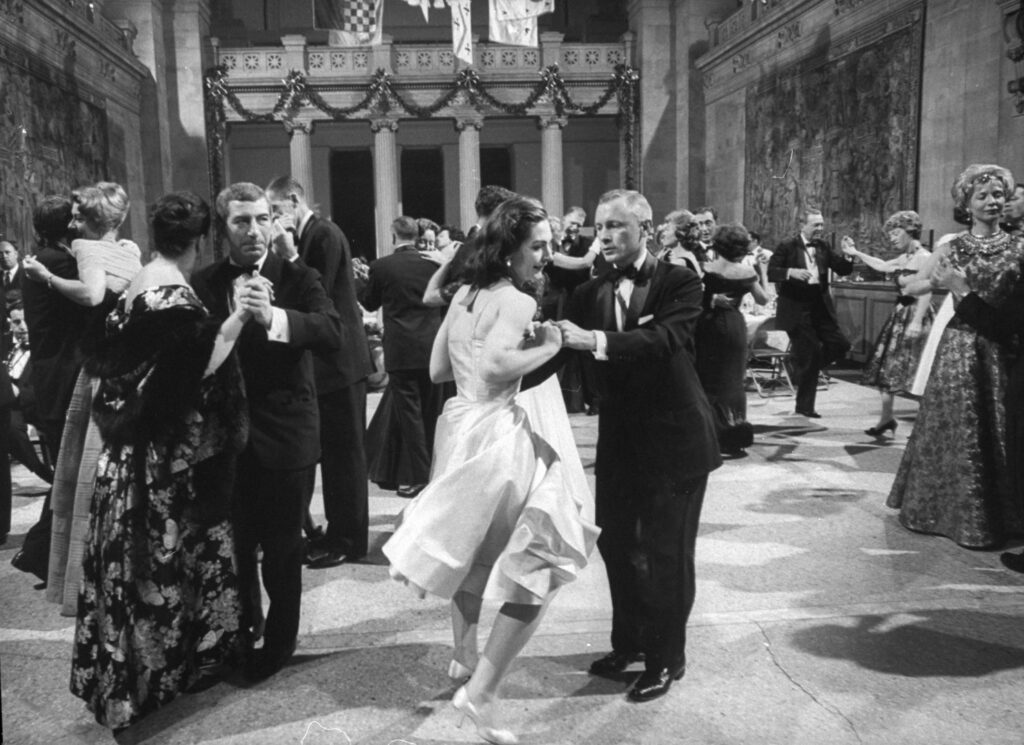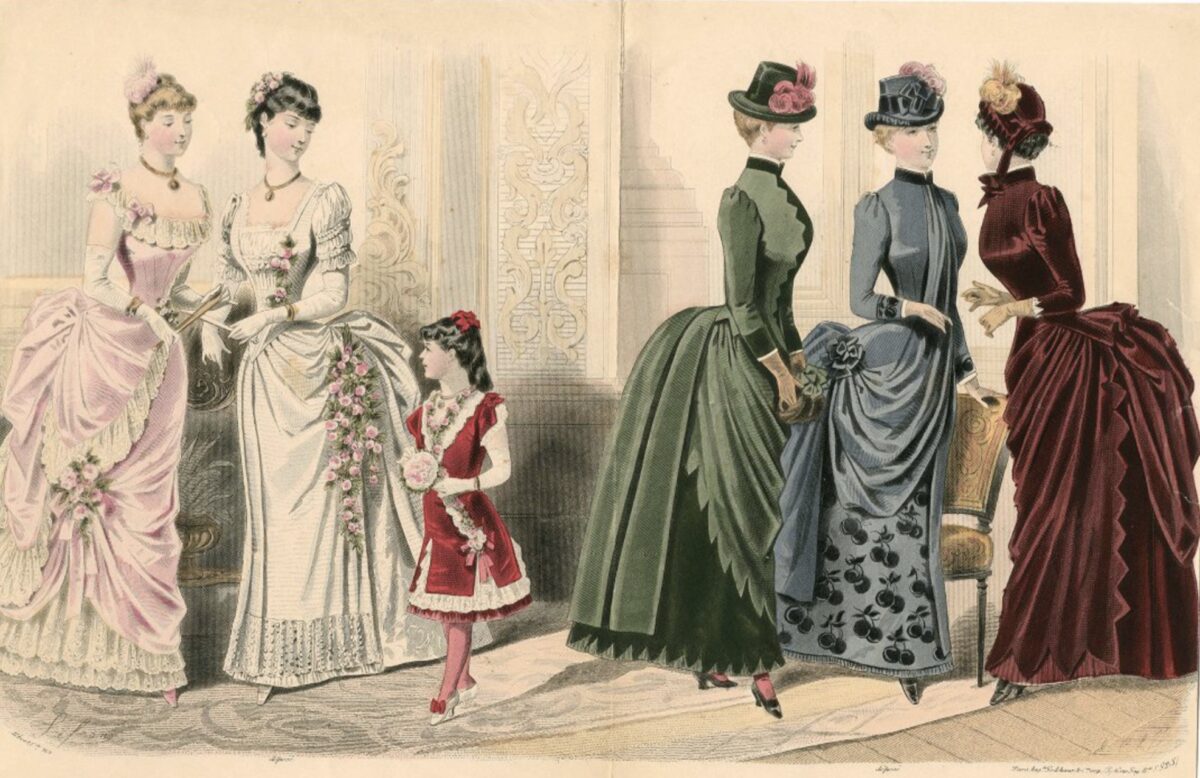The Met Gala is the most outrageously glamorous event in New York City, a fundraising benefit for the Metropolitan Museum of Art’s Costume Institute that also serves as a kickoff party for the museum’s annual costume exhibition.
This year’s theme is “Gilded Glamour” so expect some genuine throwback costumery and lots of expensive baubles. (The Gilded Gentleman, sadly, will not be attending.)

The Queen of the Ball
The Costume Institute traces its core collection back to the Museum of Costume Art, which displayed historical garb starting in 1937 in Rockefeller Center. That organization would begin an association with the Met in 1944, becoming the Costume Institute with their first exhibition “Hats and Headdresses.” They would officially move in as part of the Met in 1946.
In 1948, to help fund this fledgling array, influential fashion publicist Eleanor Lambert launched the Costume Institute’s first fund-raising gala, a midnight supper with a fifty dollar entrance fee. (That’s $525.00 today.)
This was just one of a number of events Lambert helped create to promote the American fashion industry during and after the war.

Despite New York’s long importance in the garment-making world — there was already a bustling Garment District in Midtown by the 1930s — New York City was never seen as a true fashion taste-maker until the 1940s, partly due to the efforts of Lambert. A few years before the first Costume Institute fund-raiser, Lambert created the first fashion Press Week which we know today as Fashion Week.
But where did that first collection from the Museum of Costume Art come from? What is the root of all this glamour?! Believe it or not, we need to turn to the true heart of garment making in New York City — the Lower East Side.

The First Threads
Alice and Irene Lewisohn, daughters of the Jewish metal merchant and philanthropist Leonard Lewisohn, became involved in the Settlement House movement of the Lower East Side in the early 1900s.
In 1915, bringing theater into the heart of this densely populated district, the sisters opened the Neighborhood Playhouse on Grand Street, “a community theater where the traditions of the neighborhood can find artistic expression.” (Lillian Wald of the nearby Henry Street Settlement was on the board of directors.)
Irene was a collector of historical fashion and her favorites were often used on the playhouse stage. In 1928, the sisters moved their company (and their costumes) uptown to be closer to the Broadway scene, renaming it the Neighborhood Playhouse School of the Theatre (originally at 16 West Forty-sixth Street).
Today the Neighborhood Playhouse is known as an esteemed acting conservatory, most associated with acting teacher Sanford Meisner.
Aline’s Eye
While at the Lower East Side location, the Lewisohns began working with the brilliant Aline Bernstein (pictured below), the hottest theatrical costume designer of the 1920s.

“Mrs. Bernstein costumed practically every Neighborhood Playhouse production, devoting her spare time to a study of costumes of all ages and countries. She has haunted the museums both here and abroad and acquired an amazingly comprehensive knowledge of her subject.” [New York Times 1927]
Combine Irene Lewisohn’s growing collection and wealth with Aline Bernstein’s expertise and reputation and you get what most regarded as the greatest collection of historical costume in the United States.
And so the Museum of Costume Art was born. Its first exhibition was held on May 3, 1937, at the recently opened La Maison Francaise at Rockefeller Center.
Never Out Of Style
Exhibitions at the museum would almost immediately inspire budding fashion designers. And even by 1939, when the museum opened the exhibition “A Cycle of American Dress” at Rock Center’s International Building, there was talk of a collaboration with the Metropolitan Museum.
“If only the Museum of Costume Art, housed now in the International Building at Rockefeller Center, had been established nearer to the Metropolitan, or even under the same roof, the exhibition of eighteenth and nineteenth century clothes and the Metropolitan’s exhibition of paintings …. could be seen more closely in relation with one to the other.” [NYT 1939]
While the Lewisohn treasures make up the Costume Institute’s core collection, an even older assemblage of costumes entered the Met in 2008 with the merging of the Brooklyn Museum’s costume collection.
In 2014, the Costume Institute was renamed the Anna Wintour Costume Center after the fashion editor and artistic director whose regal presence is felt every year at the Met Gala.
Pictured at top: Charles Weidman, Eugenia Liczbinska with Blanche Talmud (seated) Dance Group appearing in music-dance-drama “Music of the troubadours” (Neighborhood Playhouse Production, New York, 1931)

